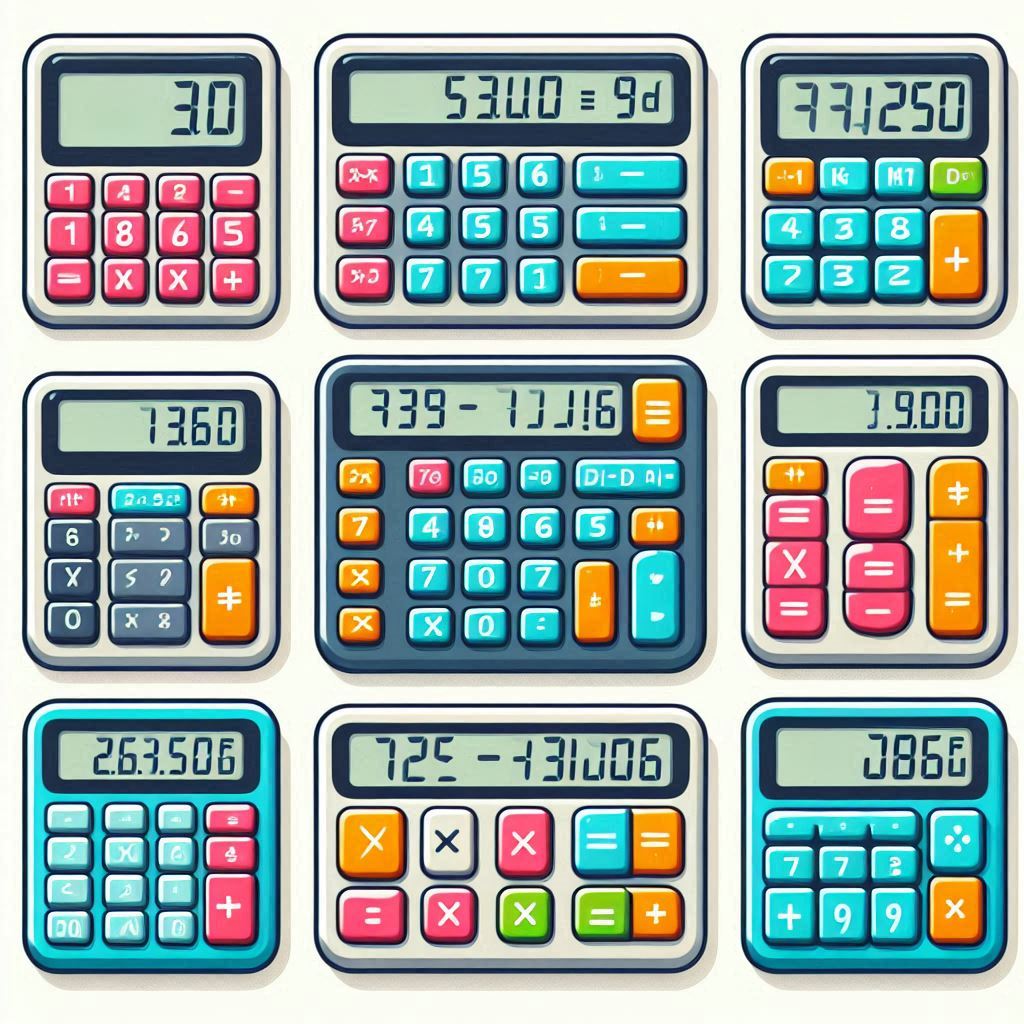How to Use the Percentage Key on a Calculator: A Comprehensive Guide
페이지 정보

본문
How to Use the Percentage Key on a Calculator: A Comprehensive Guide
As a professional in finance and statistics, I often find myself navigating the world of percentages. Whether calculating interest rates, taxes, or discounts, the percentage key on calculators can streamline my work tremendously. Despite its apparent simplicity, I’ve found that many users are unaware of the correct usage of this key or employ it incorrectly, leading to confusion and errors. In this article, I will delve deep into how to use the percentage key effectively, offering instructions, insights, and practical examples along the way.

Understanding the Basics of Percentages
Before we explore the functionality of the percentage key, let's discuss what a percentage actually is. A percentage is a dimensionless ratio expressed as a fraction of 100. For example, 45% signifies 45 out of 100 or 0.45 in decimal form. Understanding this foundational concept is crucial as we explore how the percentage key operates on calculators.

"A percentage is a way of expressing a number as a fraction of 100, making comparisons simpler and meaningful."
The Functionality of the Percentage Key
The percentage key, generally labeled as "%", acts as a multiplier. When I utilize this key, I am performing operations in relation to a base value. It’s essential to differentiate its usage based on the context of the problem at hand.
Common Use Cases
Calculating Discounts: When shopping, if a product is originally priced at $100 with a 20% discount, the calculator can efficiently compute the sale price.
Finding Tax Amounts: Understanding the total cost of an item after tax is vital, especially in retail.
Interest Calculations: In finance, calculating percentage yields for investments is often necessary.
Let’s dive a bit deeper into how effectively to use the percentage key.
Step-by-Step Instructions for Using the Percentage Key
Example 1: Calculating Discounts
Let's say you're purchasing a shirt that costs $40, and there’s a 25% discount.
Input the Price: Enter "40" and hit the multiplication key (often represented by "×").
Input the Discount Percentage: Press "25", followed by pressing the percentage key "%".
Complete the Calculation: Hit "=".
The display should show "10", indicating that the discount amount is $10.
- Calculate the Final Price: Subtract $10 from the original price of $40. The final cost would be $30.
Example 2: Adding Tax
If you have a meal costing $50 with an 8% sales tax:
Input the Meal Cost: Enter "50" and hit "+" (to accumulate cost).
Input the Tax Percentage: Type in "8", and then press the percentage key "%".
Complete the Calculation: Hit "=".
Your display will show "4", which is the tax amount.
- Determine the Total Cost: Add $50 (meal cost) and $4 (tax) to get a total of $54.
Table Illustrating Discount and Tax Calculations
| Item Price | Discount % | Discount Amount | Final Price |
|---|---|---|---|
| $40 | 25% | $10 | $30 |
| $50 | 8% | $4 | $54 |
Practical Tips for Using the Percentage Key
Know Your Context: Be clear on whether you’re calculating a percentage of a whole or finding the percentage increase or decrease.
Check Your Sequence: The order of operations matters. Always input the base value first, followed by the percentage.
Use a Clear Display: Make sure the calculator’s display is clear, and review your inputs before confirming results.
Frequently Asked Questions
What if my calculator doesn’t have a percentage key?
If your calculator lacks a "percent" key, you can still compute percentages by converting the percentage to its decimal form (e.g., 25% becomes 0.25) and multiplying it by the base value.
Can I use the percentage key for increases?
Yes! To find a percentage increase, calculate the percentage as demonstrated earlier, and then add the result back to the original amount.
What about calculating percentage changes?
For percentage increases or decreases, calculate the change first and then divide by the original figure, followed by multiplying by 100 to convert it to a percentage.
Do all calculators work the same way with the percentage key?
While most calculators operate similarly, it's essential to understand your calculator's user manual. Some may have unique functions or variations in processing.
How do I check my work?
After performing calculations, it is always beneficial to validate your results by conducting the computation manually or using a different method.
Conclusion
Using the percentage key on a calculator may seem straightforward, but grasping its full functionality can significantly improve efficiency and accuracy in various calculations. From personal finance management to shopping assessments, mastering this fundamental tool is invaluable. By practicing the techniques discussed and leveraging the available functionalities, we can approach percentage calculations with confidence and clarity.

When I first started utilizing the percentage key effectively, it transformed my approach to calculations. With the right techniques and practice, I encourage you to harness the power of this simple yet effective tool in your daily life.

- 이전글Botox In Mansfield 25.09.07
- 다음글10 Things That Your Family Taught You About 45ft Container Modifications 25.09.07
댓글목록
등록된 댓글이 없습니다.
